Automotive architecture: what is a car platform?
If you have any interest in automobiles, you may have already heard of automotive architecture or platforms. There are a multitude of them among car manufacturers, whether for thermal, electric or plug-in hybrid vehicles. But what exactly is a platform within a car? This is what we will see in this file.
If you closely follow automotive news, you have undoubtedly noticed, in recent years, the multiplication in the number of cars sold. Generally speaking, manufacturers’ ranges have never been so extensive, with some even seeking to occupy the smallest unexplored corner of the market. Experts on the subject? Certainly the German manufacturers, particularly the premium ones, namely Audi, BMW and especially Mercedes-Benz, which offer a multitude of variations, sometimes even on the same model.
The era of the modular platform
Today, in the interest of cost savings and design, the majority of platforms are modular, that is to say they can equip several models of the same segment, or even of a segment superior. For example, on the side of the Volkswagen group, the MQB A0 platform, usually used for city cars, namely the Volkswagen Polo or the Audi A1, is also used for certain models in the higher segment, such as the Škoda Scala, a compact model. . In other words, the Automotive architecture development of a modular platform can allow a manufacturer or group to offer a wide range of products with the same base instead of developing a platform for each vehicle.
Apart from a few specific vehicles, for almost ten years, practically all cars have been equipped with a modular platform, for obvious reasons of cost, but also of time saved in development, certification, production, parts inventory management or even after-sales service.
On a classic platform, many elements are fixed and lose flexibility. Thanks to the modular platform, the manufacturer can modify the wheelbase of the vehicle (that is to say, the distance between the front axle and the rear axle), the track width (distance between the two wheels of the same axle) and the seat height. It is also thanks to these platforms and the significant economies of scale achieved that brands are offering more and more cars in their range.
Different platforms depending on the type of energy
Thermal, electric and plug-in hybrid cars are generally not based on the same platform, with the exception of the PSA group’s CMP and e-CMP platforms, the first being reserved for thermal vehicles and the second for 100% electric models. This is a common, multi-energy modular platform that makes it possible to assemble thermal and electrical systems on the same production line. As a general rule, depending on the energy, the platforms are different .
The platforms for electrics, plug-in hybrids and thermals are different, because they must adapt to different energies. For an electric car, you must take into account the integration of the battery pack , located under the floor in the majority of cases to save space on board. On the other hand, in a thermal engine, the motor is generally larger and requires more components compared to an electric motor. In the case of a plug-in hybrid, it is necessary to combine batteries, an electric motor and a thermal engine, which can quickly resemble a gas factory.
Today, virtually every group or manufacturer has a modular platform. Some are already several years old, such as the Volkswagen group’s MQB platform unveiled in 2012 and proclaimed as the first large-scale modular platform . Since this date, many other brands have unveiled this type of platform and even continue to work on it with the advent of electric.
The Volkswagen Group’s MQB platform
All the platforms that we are going to mention to you here are presented with acronyms. The Volkswagen group’s MQB modular platform was therefore presented in 2012. This architecture consists of four variable segments and one fixed segment. This is located between the accelerator pedal and the front axle. The wheelbase, track width and wheel size are variable parameters, making it a modular platform that can adapt to different vehicle segments .
Already in 2012, the group sought to reduce its polluting emissions. The engineers therefore worked on a lighter platform with, for example, steel for the bases.
The key word of this platform is its flexibility. Volkswagen has therefore standardized certain parts and manufacturing processes, particularly in terms of the engine part. The standardization of the engine part has also enabled considerable time and cost savings, since this also implies standardization of the manufacturing and assembly of the parts. As a result, you will find many vehicles from the Volkswagen group with the same engines.
The Volkswagen Group has two modular platforms. Why a new modular platform when the MQB already meets the band ? Quite simply to develop 100% electric and rechargeable hybrid vehicles around this architecture , the MQB demanding too many compromises to accommodate an electrified engine.
It is on this platform that Volkswagen based two of its electric concepts which gave birth to the ID range, today made up of the Volkswagen ID.3 and, very soon, the ID.4 . Other models will also subsequently be developed around this platform. The MEB platform was designed with the aim of saving as much space as possible in the passenger compartment and trunk, in particular by integrating the batteries under the floor in order to leave as much space as possible inside.
What is the electric car with the best autonomy?
The electric motor is located at the rear and therefore drives the rear wheels, but the platform can also correspond to all-wheel drive models with a second motor placed at the front axle. As with the MQB platform, the MEB will be used by Audi, Seat, Škoda and even Ford, which is not part of the Volkswagen group, but which has signed an agreement with the German group to use its architecture on certain models.
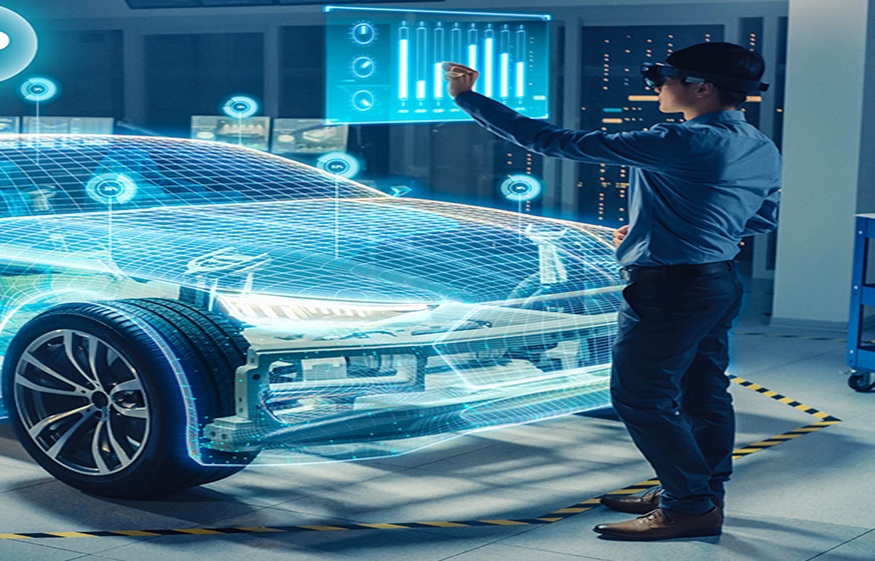
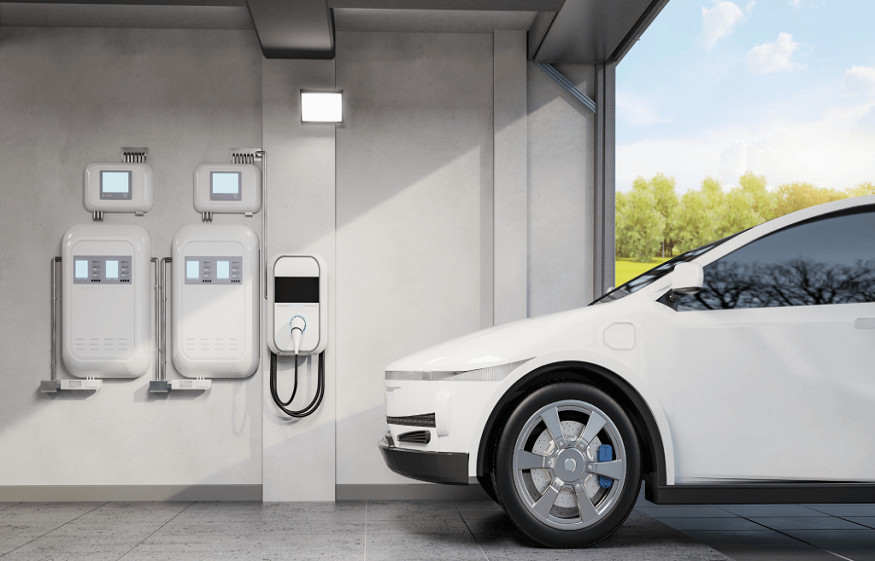
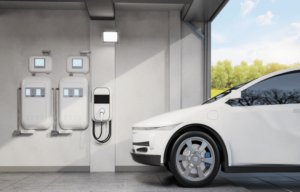
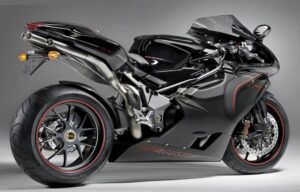


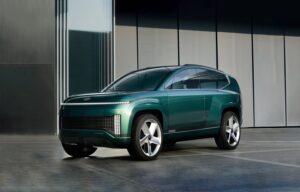




Post Comment
You must be logged in to post a comment.